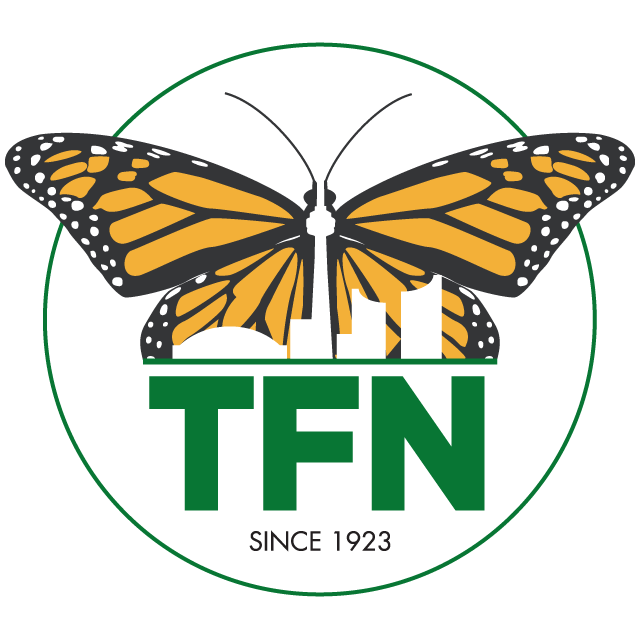by Jason Ramsay-Brown
For many of us, our first journeys into Toronto’s urban wilds are a testament to the bliss that ignorance brings. Our vision is filled by the green and verdant, an undulating tapestry of nameless trees, shrubs, and wildflowers so evocative of an ancient and pristine wilderness lost to us over the centuries. Our phantasmagoric innocence, very often, is brought to ruin by two simple words: invasive species. Just as we learn to identify and appreciate the hawthorns, butternuts, and nannyberries, so too do we learn names like dog-strangling vine, Japanese knotweed, and buckthorn. The war between native and invasive species quickly becomes an ever-present detail that forces itself in to every view, every wander.
Weep or fight. This is the choice. But accessorizing each day’s outfit with an assortment of shovels and clippers is an impracticality that borders on insanity for most of us. Enter EDDMapS Ontario, a pocket-sized tool in the battle against invasive species.
Launched over a decade ago, the Early Detection and Distribution Mapping System (EDDMapS) is an internet-based system for mapping the distribution of invasive species. Created by the Center for Invasive Species and Ecosystem Health at the University of Georgia, the system has since been adopted by numerous partner agencies much further afield. Here in Ontario, some 50,000 records currently exist in their database, tracking distribution of everything from garlic mustard to emerald ash borer across all parts of the province. Sightings are validated by third-party volunteers before being accepted in to the database and made freely available to everyone from researchers and scientists to government personnel to members of the general public.
The public distribution maps inspire the closest thing to ecological rubbernecking I can think of. It’s not even remotely difficult to disappear into these maps for vast stretches of time, exploring the abundance of our least-favourite plants and plagues on roadsides, and in fields, ravines & gardens. Doing so may have emotional consequences but also stimulates a new appreciation for the enormity of the problems invasive species present, the extent and severity made both accessible and imaginable.
Contributing sightings, of course, is where EDDMapS Ontario becomes a front-line weapon of war. Notice a patch of DSV that wasn’t on your favourite trail last year? Some garlic mustard in your neighbour’s yard? The tell-tale signs of beech bark canker on trees in your local ravine? Report them! It may seem like a trivial gesture, but the value of maps cannot be overstated. The rise and fall of entire empires can be attributed as much to cartographers as generals and warlords. As author Reif Larsen wrote in The Selected Works of T.S. Spivet, “A map does not just chart, it unlocks and formulates meaning; it forms bridges between here and there, between disparate ideas that we did not know were previously connected.”
EDDMapS was originally designed to accept submissions via its website and continues to do so. As smartphones and other mobile devices have become more ubiquitous EDDMapS has evolved to support them as well. Beyond question this is the easiest and most effective way to participate. By using the on-board GPS and camera functionality of your mobile device, the EDDMapS app simplifies the submission process and improves the accuracy and reliability of the final data. For the most part, all you have to do to file a report is identify the species and make a few observations about life stage and coverage. The process is very intuitive and easy to attend to.
The EDDMapS app is available for Android & iPhone. It is free to download, but do note that uploading photos from the field will eat in to your data plan. Happily, the app allows you to queue your reports for later so that you can take advantage of wifi to avoid this.

